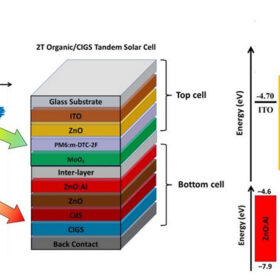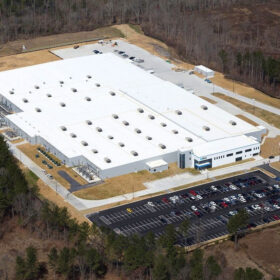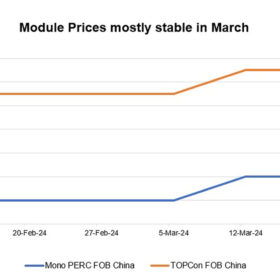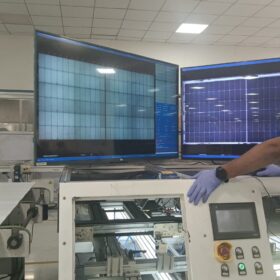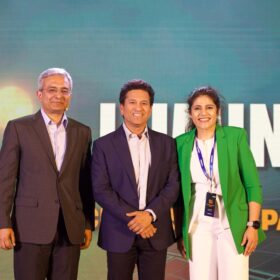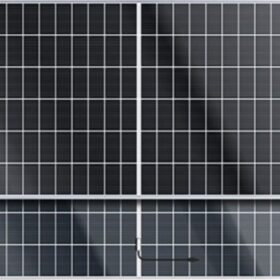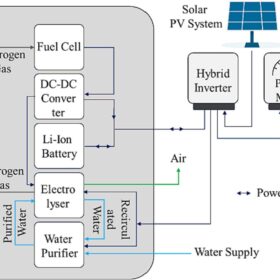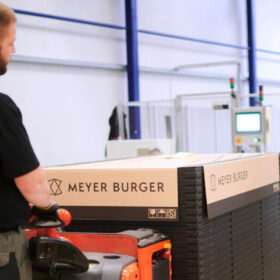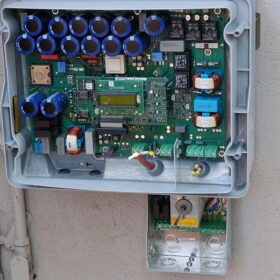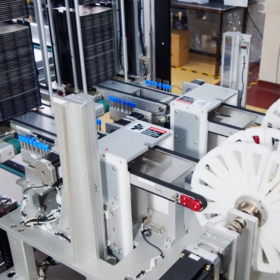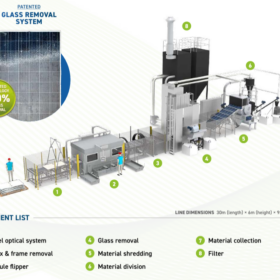New design for organic/CIGS tandem solar cells promises 27.46% efficiency
Scientists in the Middle East designed a flexible two-terminal organic/CIGS tandem solar cell for wearable applications. The device achieved an open-circuit voltage of 1.89 V, a short-circuit current density of 17.55 mA/cm2, and a fill factor of 82.79%.
US solar industry calls for domestic content rules to support manufacturing
A recent report from the Solar Energy Manufacturers for America Coalition (SEMA) shows that with stronger support in the early stages, US module manufacturers would rely less on imports from Chinese-owned companies for materials.
Solar module prices remain steady amid unchanged market fundamentals
In a new weekly update for pv magazine, OPIS, a Dow Jones company, provides a quick look at the main price trends in the global PV industry.
India added 20.8 GW of solar module, 3.2 GW of cell manufacturing capacity in 2023, says Mercom
India’s cumulative solar module manufacturing capacity reached 64.5 GW and solar cell capacity 5.8 GW as of December 31, 2023.
Luminous opens solar panel factory in Rudrapur
The fully automated solar panel plant with a production capacity of 250 MW is expandable up to 1 GW nameplate capacity.
JA Solar supplies n-type modules for PV project in Bangladesh
JA Solar has started shipping its DeepBlue 4.0 Pro n-type solar modules for a 48 MW PV project in Bangladesh.
Thornova launches 720 W TOPCon solar panel with 23.2% efficiency
US-based Thornova said its new panel features a power conversion efficiency spanning from 22.4% to 23.2% and a temperature coefficient of -0.29% per C. The company is a subsidiary of China-based manufacturer Sunova Solar and is currently planning a cell and module factory at an unspecified location in the United States.
Hydrogen batteries vs. lithium-ion batteries
Researchers in Australia have compared the technical and financial performances of a hydrogen battery storage system and a lithium-ion battery when coupled with rooftop PV. They evaluated two commercially available systems – LAVO and Tesla Powerwall 2 – and found that the lithium-ion battery provides better financial profits, whereas the hydrogen battery offers more battery lifespan for long duration of energy storage.
Meyer Burger announces 500 layoffs at German PV module factory
Meyer Burger says it plans to lay off 500 people at its PV module factory in Germany, but some employees might be relocated within the company. It says about 400 workers will lose their jobs.
Inverter undersizing not universally effective to reduce soiling losses
An international research team explained that, although inverter clipping is initially effective in mitigating soiling losses, these losses could become more visible with time, as solar module degradation makes clipping less frequent. They also warned that inverter undersizing alone may not be enough to mitigate soiling losses and suggested cleaning as an additional way to reduce them.
